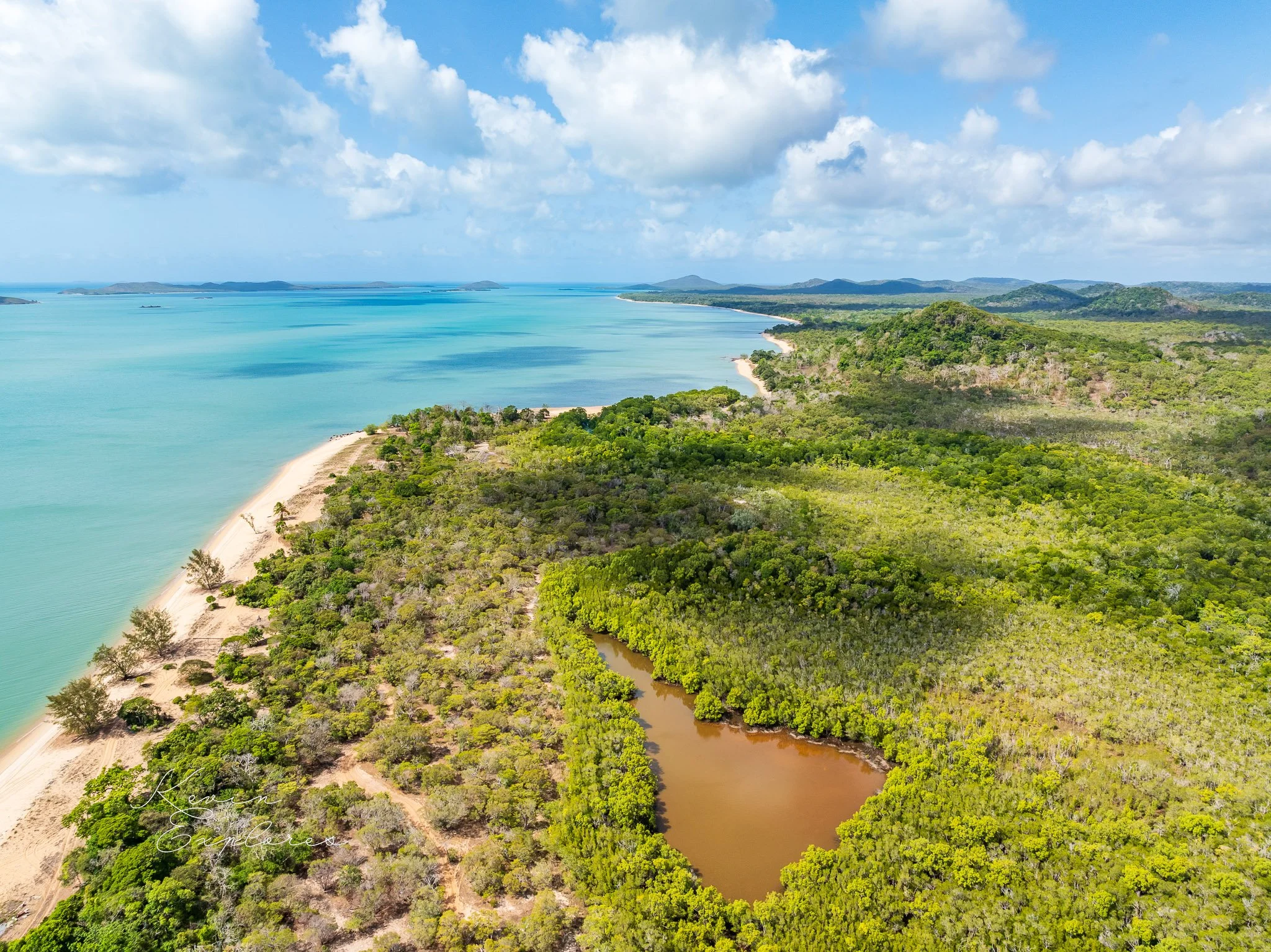Northern Peninsula Area, Cape York
The Geomorphology of the Northern Peninsular Area on Cape York, Australia
Cape York Peninsula, located in far northern Queensland, Australia, is a remote and ecologically diverse region. Its geomorphology is a fascinating study of dynamic landscapes shaped by geological processes over millions of years. The northern peninsular area, in particular, displays a mosaic of landforms influenced by tectonic activity, climate, and erosion. Here, we delve into the geomorphic features that define this unique environment.
Geological Framework
The foundation of Cape York’s northern peninsular area is predominantly Precambrian and Paleozoic basement rocks. These ancient rocks form the backbone of the peninsula, with granites, metamorphic formations, and volcanic intrusions characterizing much of the terrain. Overlying these basement rocks are younger sedimentary deposits, including sandstones and limestones from the Mesozoic and Cenozoic eras.
Tectonic stability has largely shaped the region, with minimal folding and faulting since the Paleozoic era. However, the land has been subject to long-term weathering and erosion, contributing to the current low-relief landscapes.
Major Landforms
The geomorphology of the northern peninsular area is diverse, with the following major landforms:
Coastal Plains and Beaches
The coastline is marked by sandy beaches, mangroves, and mudflats, shaped by tidal processes and wave action.
Coastal dune systems, some stabilized by vegetation, form prominent features along the shoreline.
Estuaries and tidal inlets provide crucial habitats and are heavily influenced by seasonal rainfall and sediment deposition.
Plateaus and Ridges
Inland areas feature dissected plateaus composed of resistant rock types, such as granites and sandstones.
These plateaus are remnants of ancient land surfaces uplifted and eroded over time.
Sharp ridges and escarpments punctuate the landscape, offering a stark contrast to the low-lying coastal plains.
River Systems and Alluvial Plains
The region’s rivers, including the Jardine River, dominate the fluvial landscape. These watercourses are typically seasonal, with significant flow during the wet season.
Extensive alluvial plains flank the rivers, consisting of silt, sand, and gravel deposits transported from upland areas.
Braided and meandering channels indicate the dynamic nature of these river systems.
Wetlands and Lagoons
Freshwater wetlands, billabongs, and lagoons dot the northern peninsular area, particularly during the wet season when flooding is widespread.
These features are integral to the hydrological cycle and support a variety of flora and fauna.
Karst Landscapes
In certain areas, limestone outcrops create karst topographies, including sinkholes, caves, and underground drainage systems.
These landscapes highlight the role of chemical weathering in shaping the terrain.
Climate and Erosional Processes
The northern Cape York Peninsula experiences a tropical monsoonal climate, with distinct wet and dry seasons. Intense rainfall during the wet season drives fluvial erosion, shaping river valleys and transporting sediments to coastal areas. Conversely, the dry season contributes to aeolian (wind-driven) processes, particularly in the formation and reworking of sand dunes.
Weathering processes, both mechanical and chemical, are evident across the region. High temperatures and humidity enhance chemical weathering, while the abrasive action of wind and water contributes to mechanical breakdown.
Ecological Interactions
The geomorphology of the northern peninsular area directly influences its ecosystems. Coastal dunes and wetlands provide critical habitats for migratory birds, while the rocky plateaus support unique vegetation communities. The region’s geomorphic diversity underpins its ecological richness, making it a hotspot for biodiversity.
Human Impact
While the northern Cape York Peninsula remains relatively untouched, human activities such as mining, grazing, and tourism pose potential threats to its geomorphic integrity. Sustainable management practices are essential to preserve this pristine landscape.
Conclusion
The geomorphology of the northern peninsular area on Cape York is a testament to the interplay of geological history, climatic forces, and ecological processes. From rugged plateaus to tranquil wetlands, this landscape captures the essence of Australia’s natural heritage. Understanding and preserving these geomorphic features is vital for future generations to appreciate the region's unique character and significance.
Injinoo




























